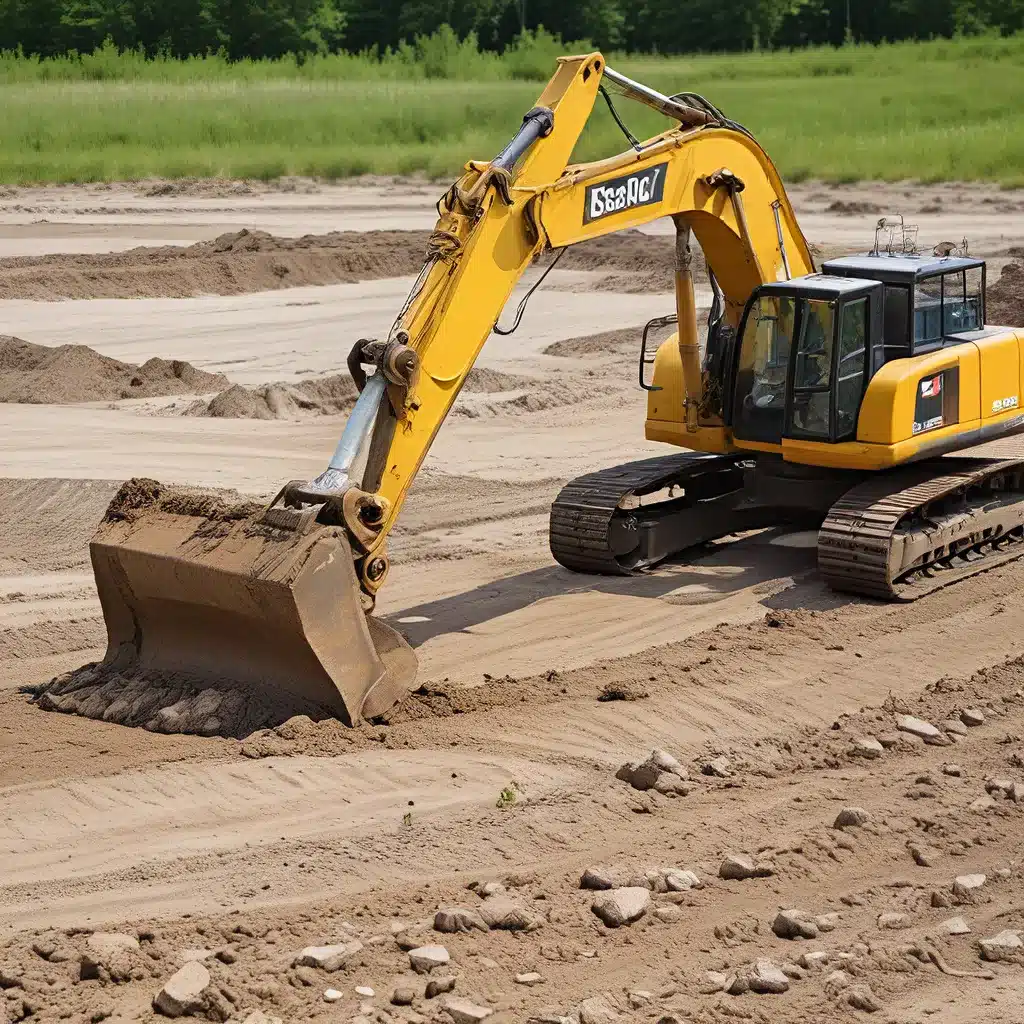
Unlocking the Mysteries of Environmental Restoration
As I stare out over the sprawling landscape, it’s hard to believe this once-barren site is now teeming with life. The lush vegetation, the buzzing of insects, and the gentle flow of the rejuvenated waterways – it’s a testament to the power of site remediation. But what exactly goes into transforming a contaminated or degraded environment into a thriving, sustainable ecosystem?
That’s the question I’ve been on a mission to uncover, diving deep into the secrets of successful site remediation. From the cutting-edge technologies to the intricate web of microorganisms that play a crucial role, there’s a fascinating story here just waiting to be told.
Harnessing Nature’s Restorative Powers
One of the most intriguing aspects of site remediation is the integral role that microorganisms can play in the process. As studies have shown, the development of “genome-based microbial ecosystem models” has opened up a whole new frontier in environmental restoration. By understanding the complex interactions and capabilities of these microscopic allies, we can harness their restorative powers in truly remarkable ways.
Imagine, for a moment, a contaminated site – say, a former industrial facility that’s left behind a legacy of pollutants in the soil and groundwater. Instead of relying solely on heavy machinery and chemical treatments, we can tap into the innate abilities of certain microbes to break down and neutralize those harmful substances. It’s like having a team of tiny, highly specialized cleanup crew members, working tirelessly to restore the balance of the ecosystem.
Microbial Marvels in Action
One of the standout examples of microbial remediation in action comes from a case study I recently stumbled upon. A small town had been grappling with a leaking underground storage tank, which had contaminated the local groundwater with a nasty cocktail of petroleum hydrocarbons. Traditional methods were proving costly and slow, but then the town turned to a team of microbial experts.
They introduced a custom blend of hydrocarbon-degrading bacteria into the affected area, and within a matter of months, the groundwater was practically pristine. The microbes had quite literally “eaten” their way through the pollutants, converting them into harmless byproducts that could be safely broken down and reintegrated into the natural cycle. It was a remarkable demonstration of the power of microbial remediation.
Striking the Right Balance
Of course, harnessing the power of microorganisms is not as simple as just throwing a handful of them at a problem and hoping for the best. Site remediation is all about striking the right balance, carefully cultivating the ideal microbial community to tackle the specific challenges at hand.
That’s where the real art and science of successful site remediation come into play. It’s about understanding the unique characteristics of a given ecosystem, identifying the key players, and then creating the conditions that will allow them to thrive. It’s a delicate dance, but when executed with precision, the results can be truly spectacular.
Tackling Emerging Contaminants
But the world of site remediation isn’t standing still. As our understanding of environmental science continues to evolve, we’re faced with new challenges that demand innovative solutions. Take the issue of emerging contaminants, for example.
These are the substances that have only recently been detected in the environment, often as a result of advances in analytical technology. Things like pharmaceutical residues, microplastics, and PFAS (per- and polyfluoroalkyl substances) are just a few examples. And the threat they pose to ecosystems and human health is only just starting to come to light.
Fortunately, the field of site remediation is rising to the occasion. Researchers and practitioners are developing cutting-edge techniques to detect, remove, and neutralize these emerging contaminants. From novel bioremediation approaches to advanced filtration systems, the solutions are beginning to take shape.
The Power of Collaboration
But one of the most fascinating aspects of successful site remediation, in my opinion, is the way it relies on collaboration and interdisciplinary expertise. It’s not just microbiologists and environmental engineers who are shaping this field – it’s a diverse array of professionals, from geologists and hydrologists to toxicologists and urban planners.
This cross-pollination of ideas is what allows us to tackle the inherent complexities of environmental restoration. By bringing together different perspectives and areas of knowledge, we can devise more comprehensive, holistic solutions that address the full scope of a site’s challenges.
And it’s not just within the scientific and technical realms, either. Successful site remediation also hinges on effective collaboration with local communities, government agencies, and other stakeholders. After all, these projects have a profound impact on the people and ecosystems they touch, so it’s crucial to ensure that everyone’s voices are heard and their needs are met.
A Sustainable Future, One Site at a Time
As I stand here, surveying the thriving landscape that was once a barren, contaminated wasteland, I can’t help but feel a sense of awe and pride. This is what successful site remediation is all about – not just cleaning up the mess, but actively restoring the natural balance, creating a sustainable future for generations to come.
And while the journey may be complex, with its fair share of challenges and uncertainties, I’m more convinced than ever that the secrets to this kind of environmental transformation lie in the power of collaboration, the ingenuity of science, and the restorative capabilities of Mother Nature herself.
So, if you’re curious to learn more about this fascinating field, I encourage you to dive in and explore. After all, the story of site remediation is one of hope, resilience, and the boundless potential we have to heal our planet, one site at a time. Who knows what other wonders we might uncover along the way?
Remember, you can always visit Inland Waters Inc. to learn more about their expertise in environmental services and site remediation. After all, they’re the ones who inspired me to embark on this journey of discovery in the first place.


